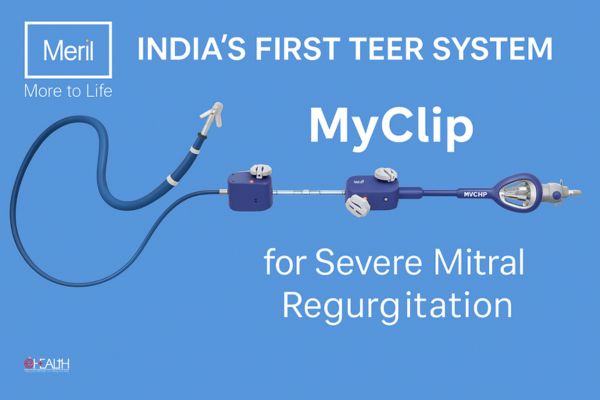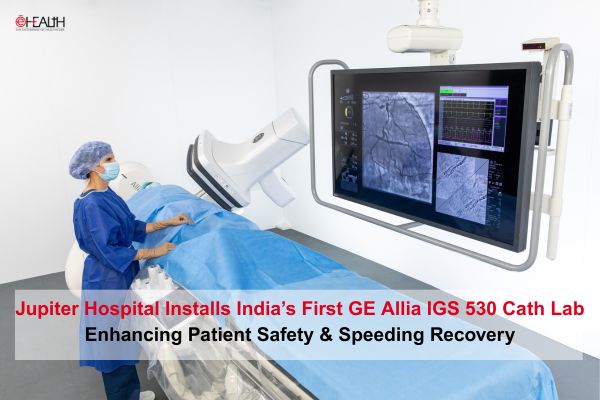
Robots in the cath lab are helping clear blocked arteries in patients ” reducing chest pain, shortness of breath, and risks for heart attacks. The Orlando Health Heart Institute is the first in the state of Florida, to offer a robotic-assisted system for coronary angioplasty. The new technology is designed to enhance angioplasty with added precision and accuracy, and less radiation exposure, as interventional cardiologists place balloons and stents inside arteries to restore blood flow to the heart.

The new technology brings together robotic precision, improved and close up views of anatomy during the procedure, and better control of balloon and stent placement, leading to better and safer outcomes for patients.

The CorPath® System by Corindus®, allows interventional cardiologists to perform angioplasty away from the patient bedside, although still in the procedure room, while seated inside a radiation-protected cockpit. Doctors use joysticks to robotically maneuver guide-wires, and place balloons and stents to widen narrowed arteries to get blood flowing. Doctors are also closer to monitors for improved visualization of the guide wires, balloons and stent during the procedure.

The level of precision provided by the CorPath System improves control, visualization, and measurement for the physician. The accuracy and precision at the millimeter level compared to traditional methods improves the quality of the care.

The CorPath System fixates and holds angioplasty devices at all times even when doctors’ hands are involved with other steps of the procedure. During manual procedures, the doctor and other clinicians would have to hold their hands steady on the guide-wires for much of the procedure in which a catheter is inserted in an artery in the groin or arm to reach the blocked artery. A balloon at the tip of the catheter is used to physically open the blockage and help improve blood flow. During an angioplasty, doctors often use stents, a wire metal mesh tube, to prop open the artery and keep it open once the procedure is complete.
Another important aspect of this new technology in cardiovascular interventions is the radiation protection it provides to patients and medical staff.
Because the technology helps more effectively advance stents at the right angle, it potentially leads to shorter procedures and less exposure to harmful radiation. With a lead-lined interventional cockpit, the robotic-assisted technology significantly reduces exposure to radiation without the use of heavy lead apparel.
Be a part of Elets Collaborative Initiatives. Join Us for Upcoming Events and explore business opportunities. Like us on Facebook , connect with us on LinkedIn and follow us on Twitter , Instagram.
"Exciting news! Elets technomedia is now on WhatsApp Channels Subscribe today by clicking the link and stay updated with the latest insights!" Click here!
















